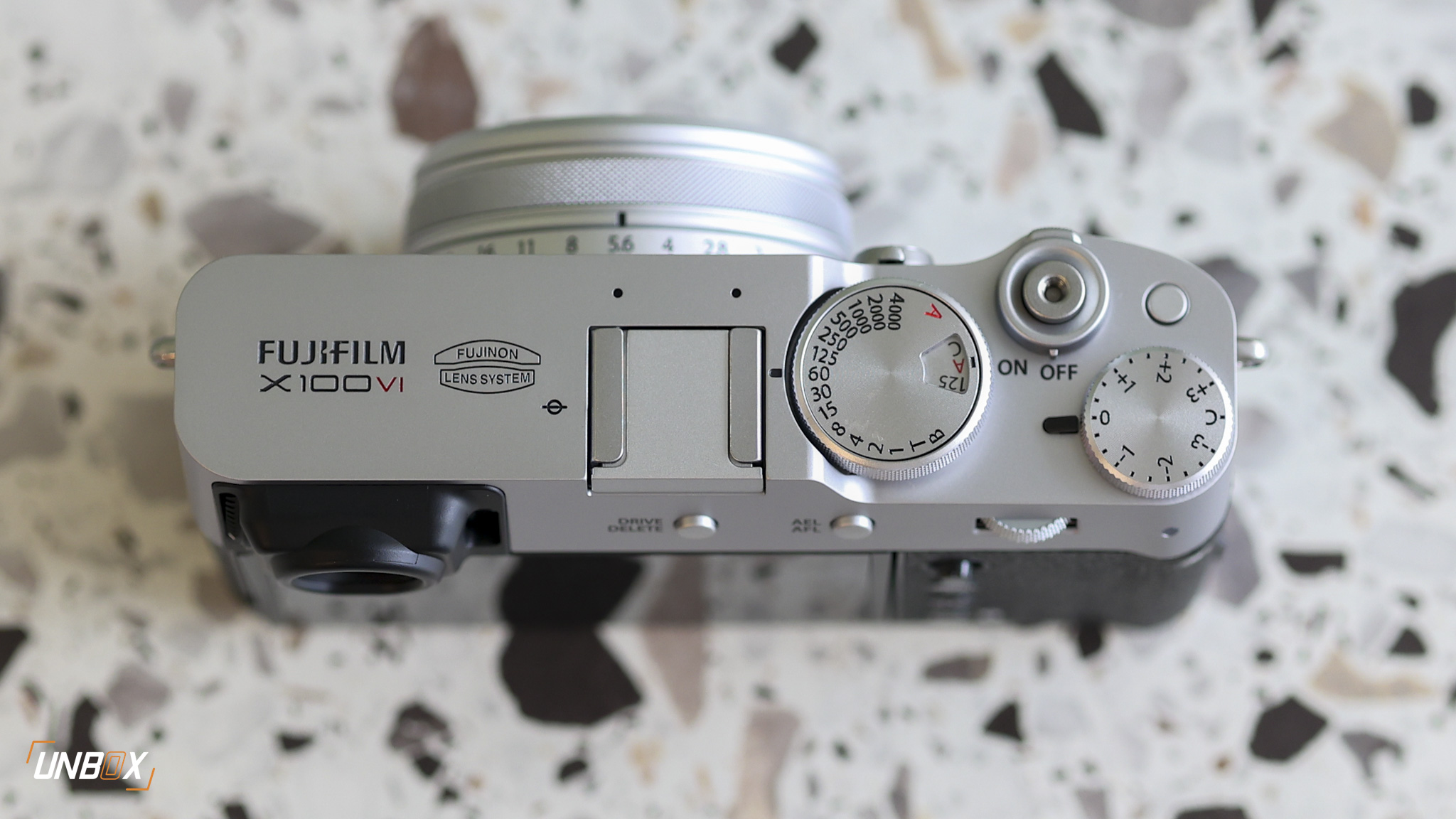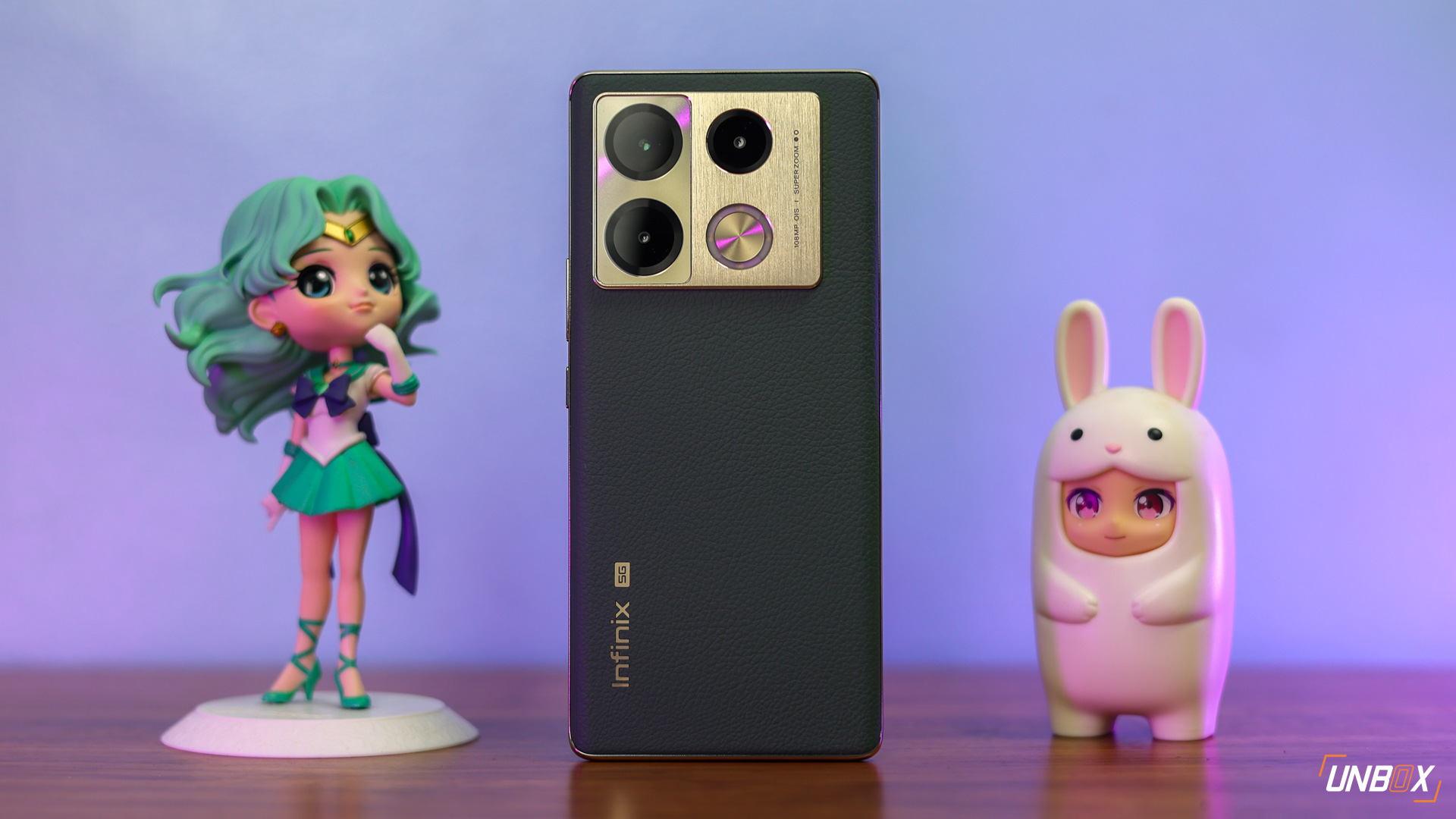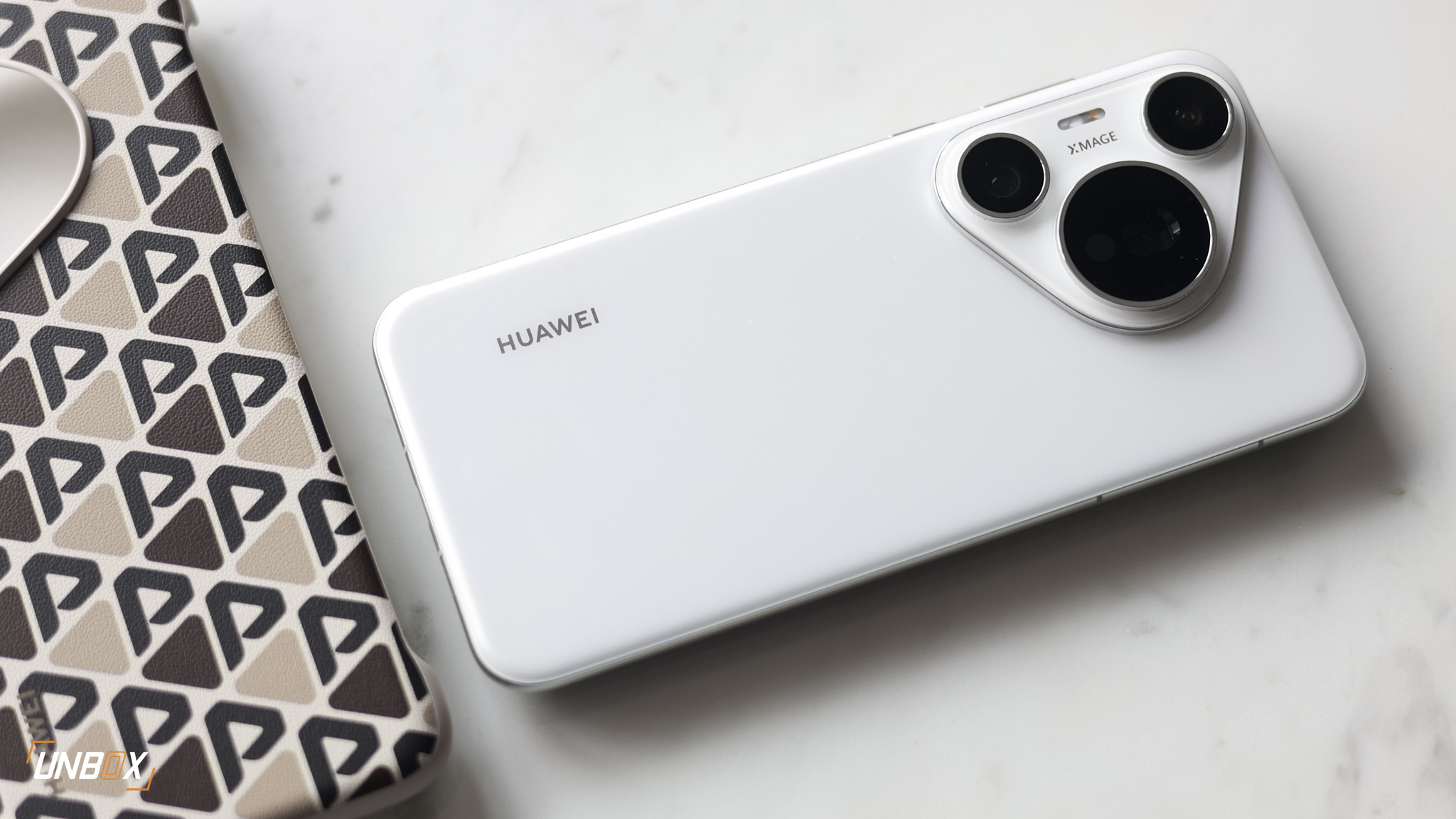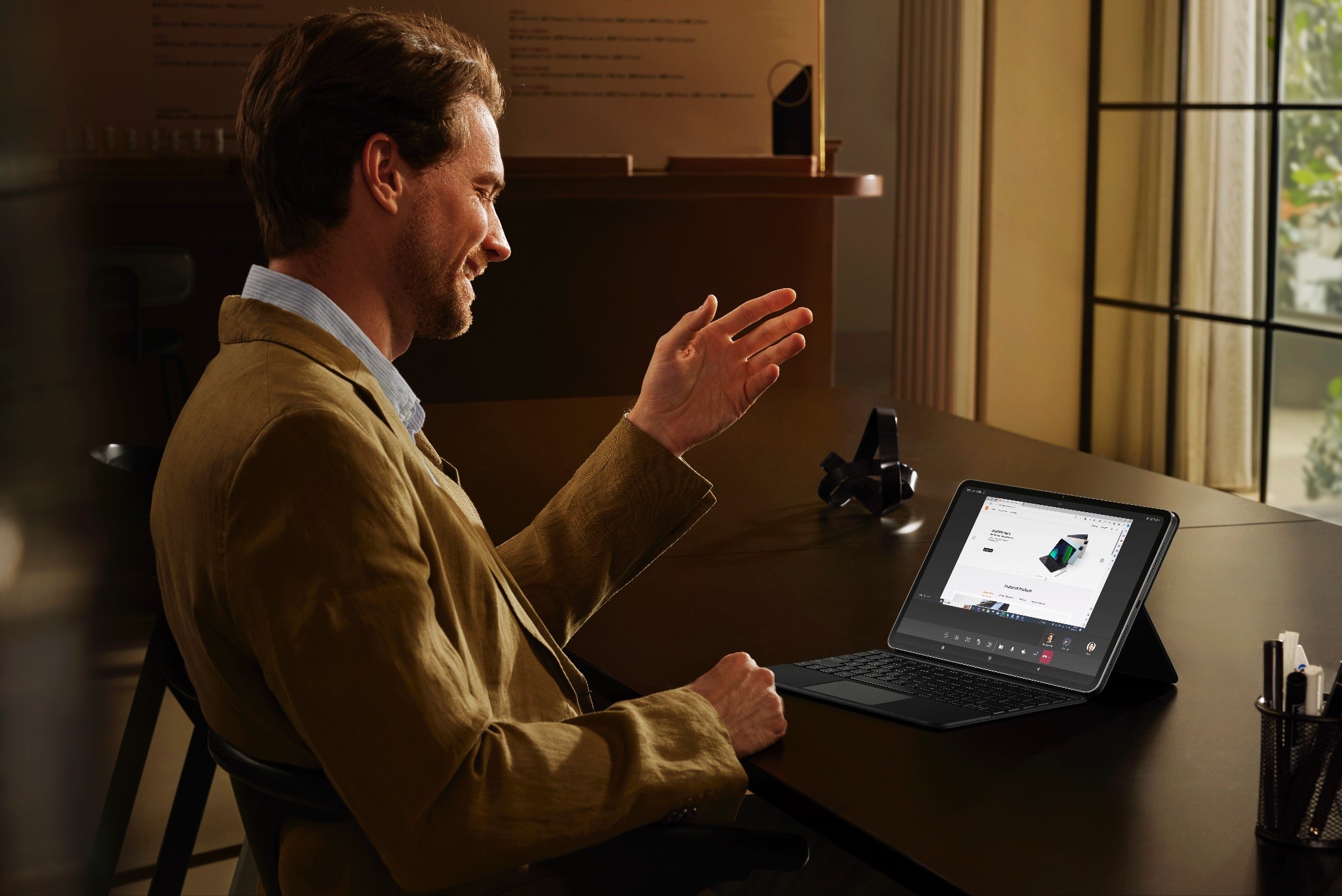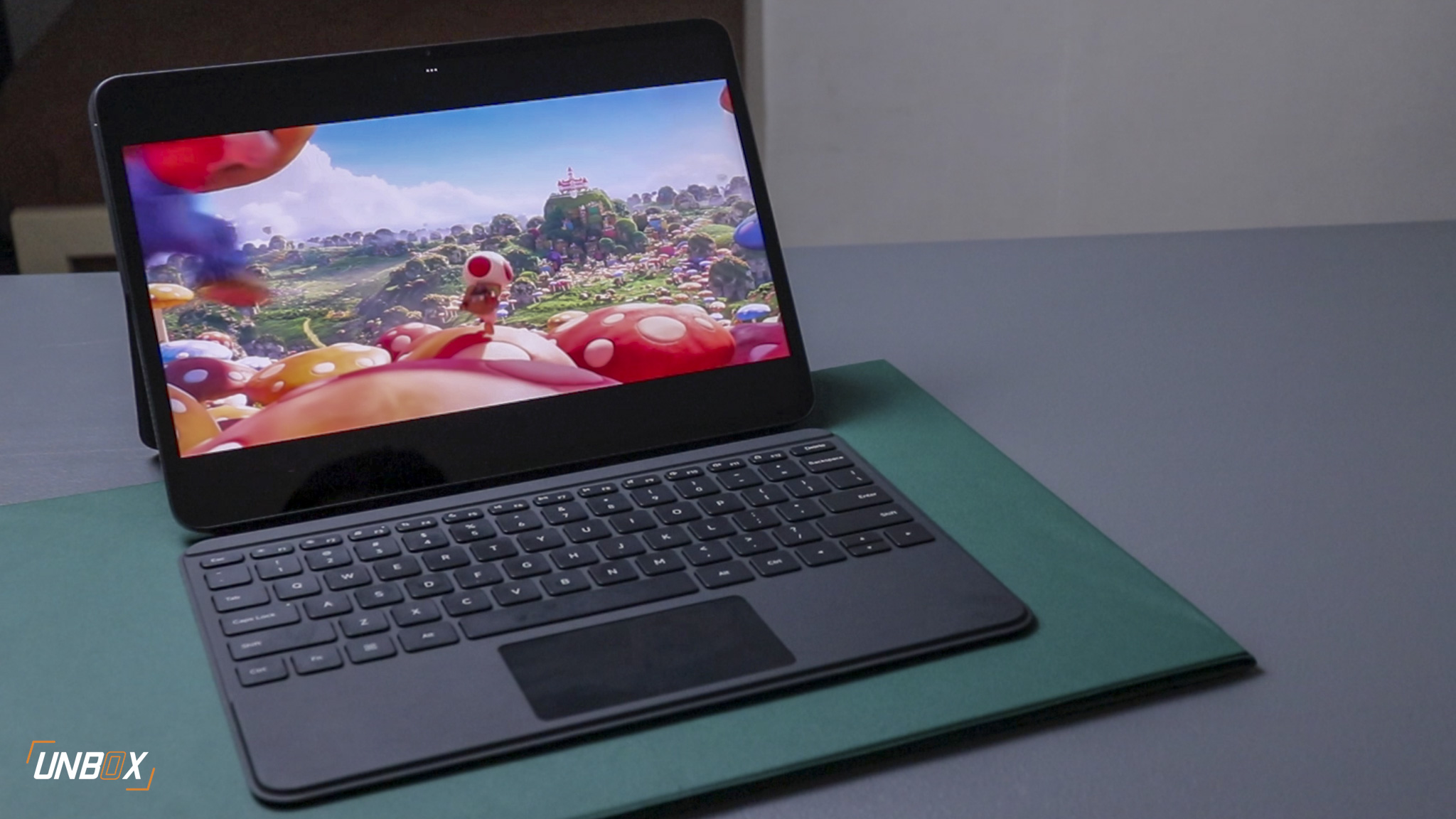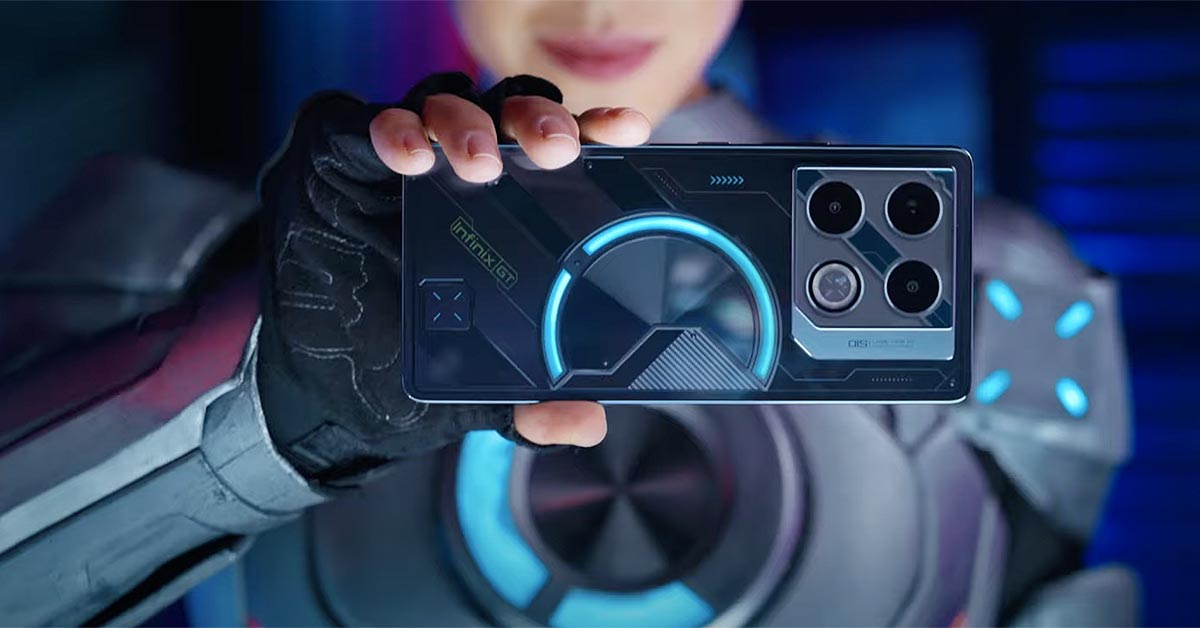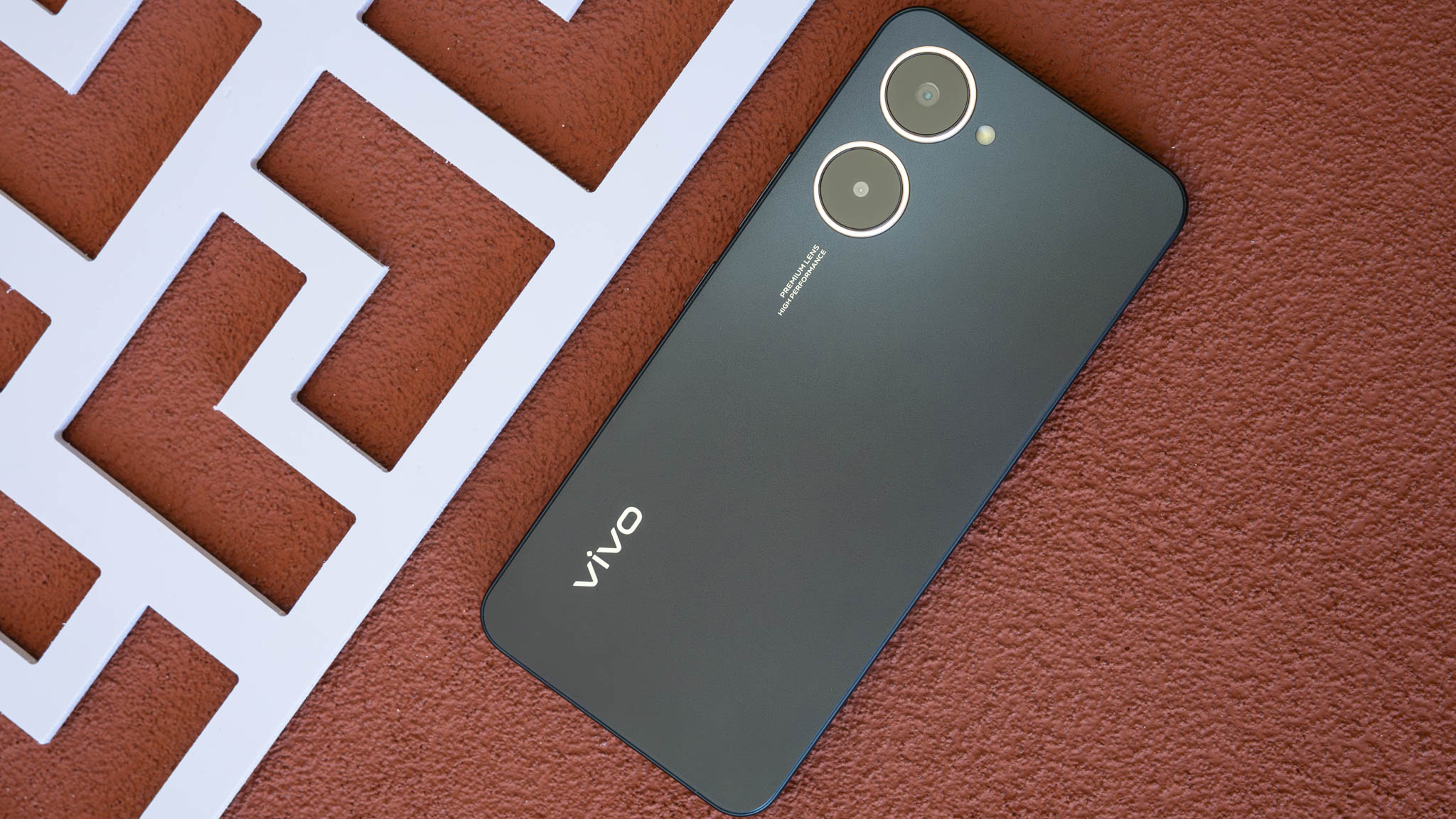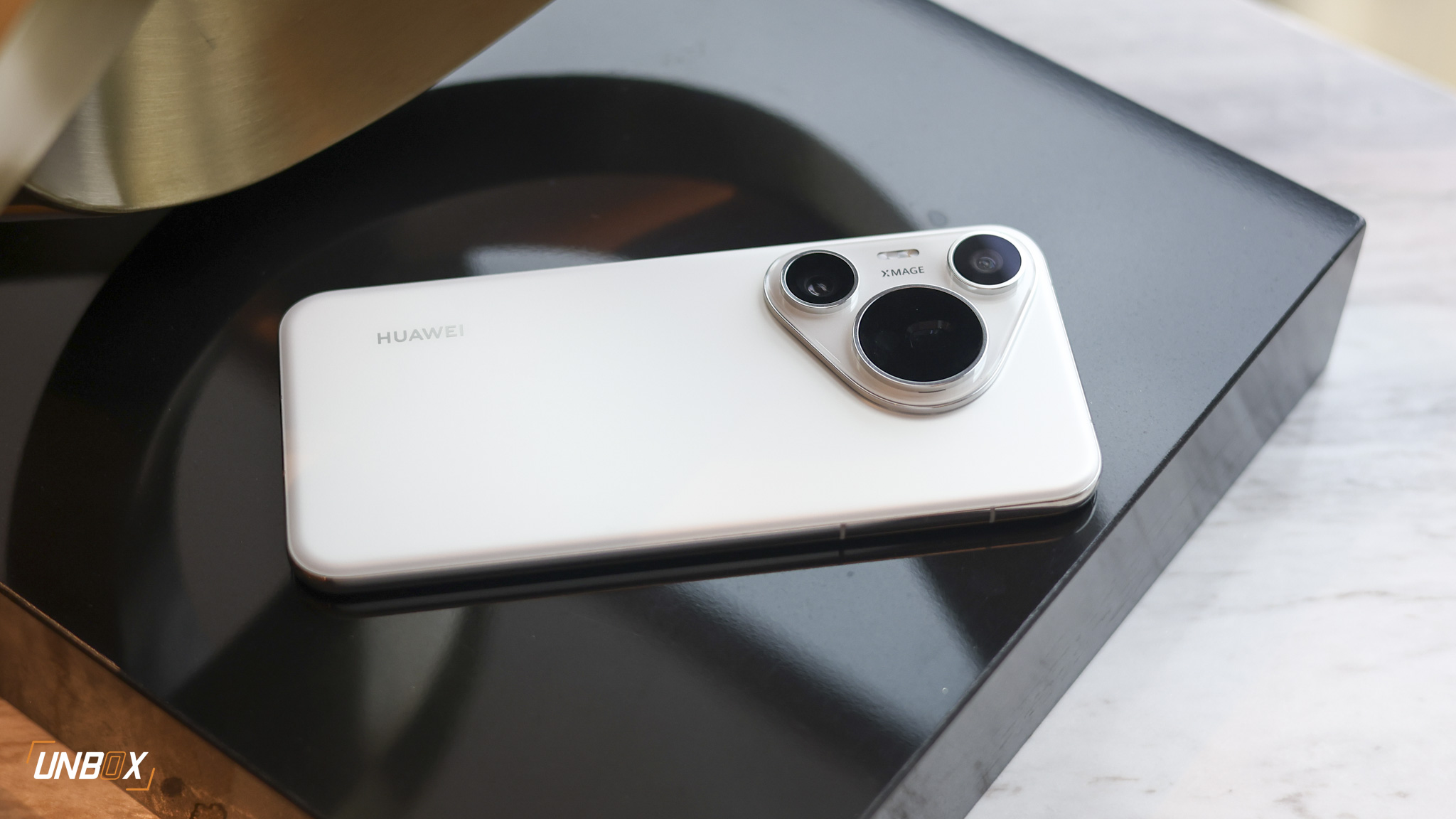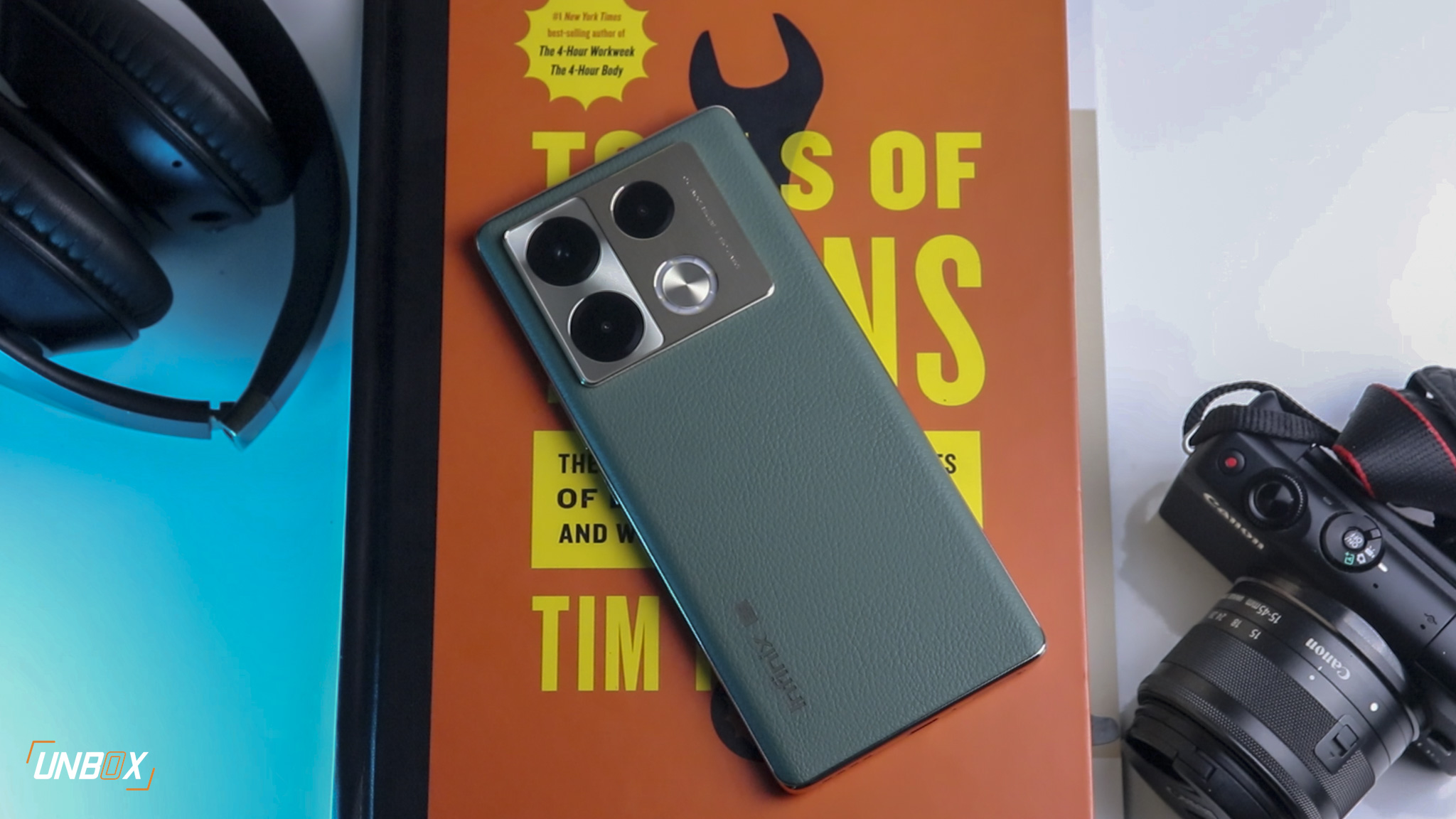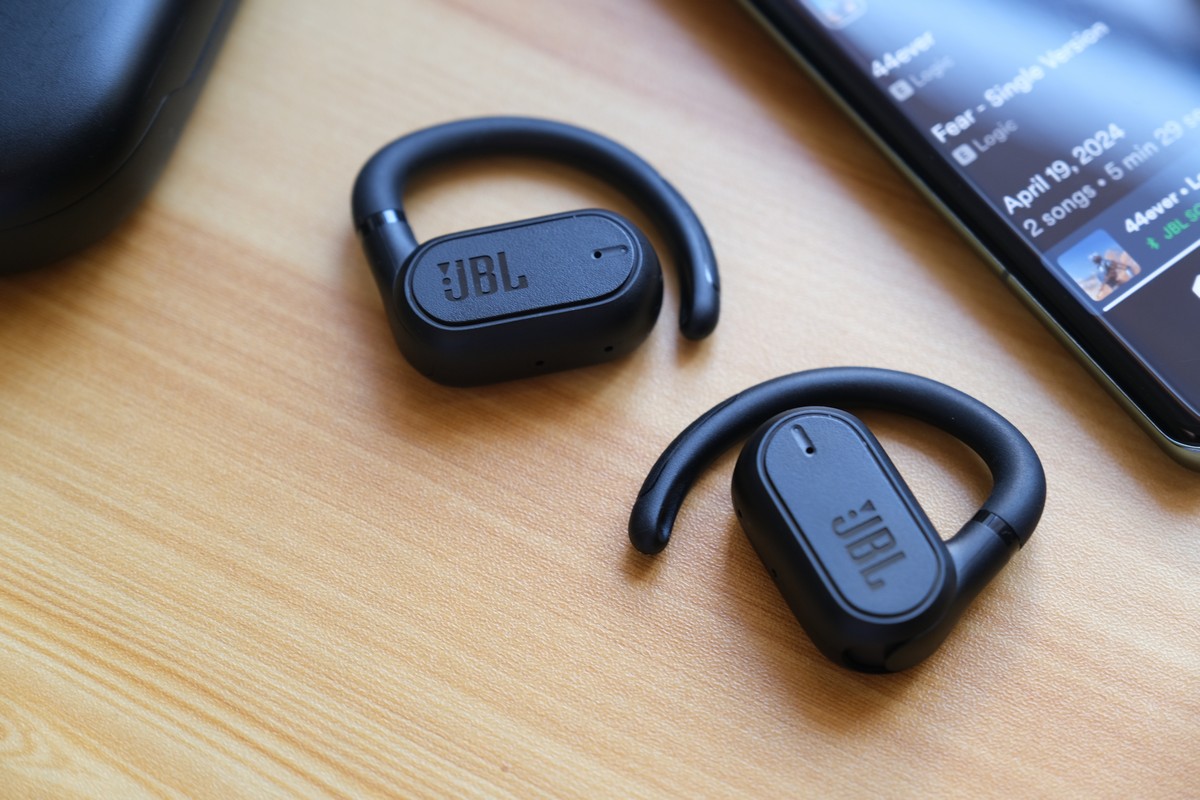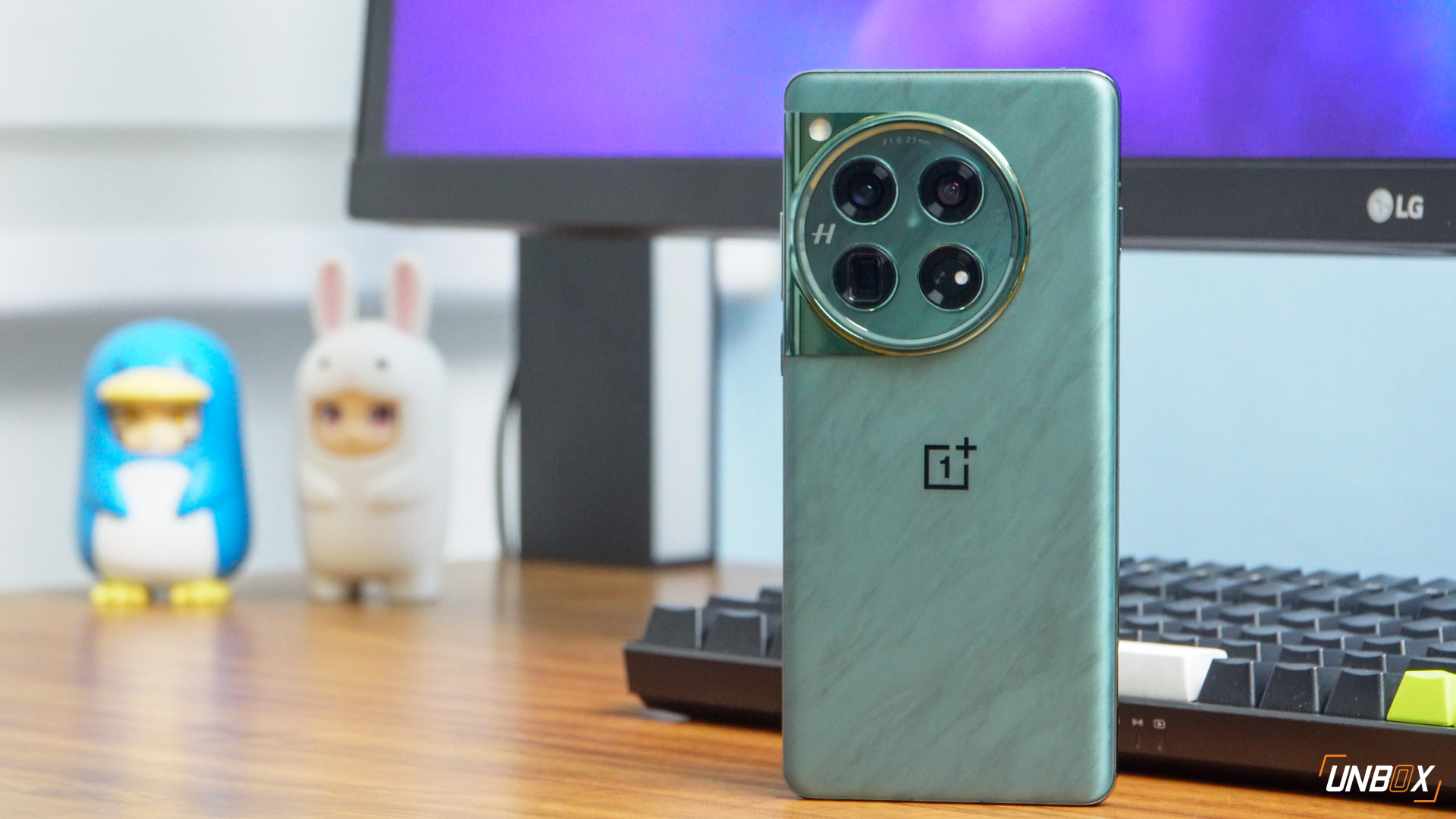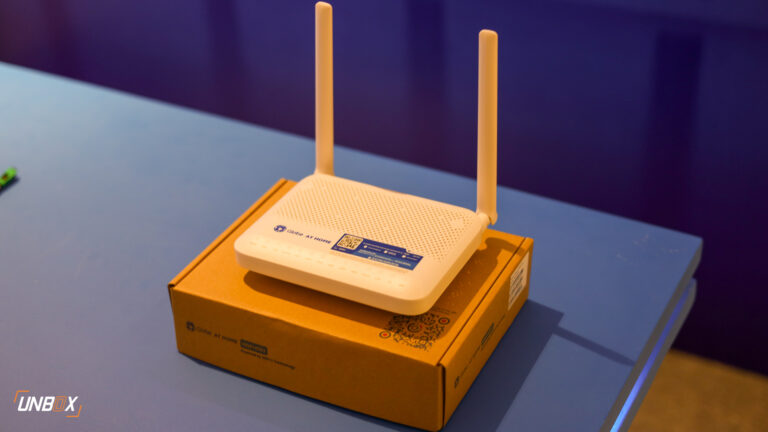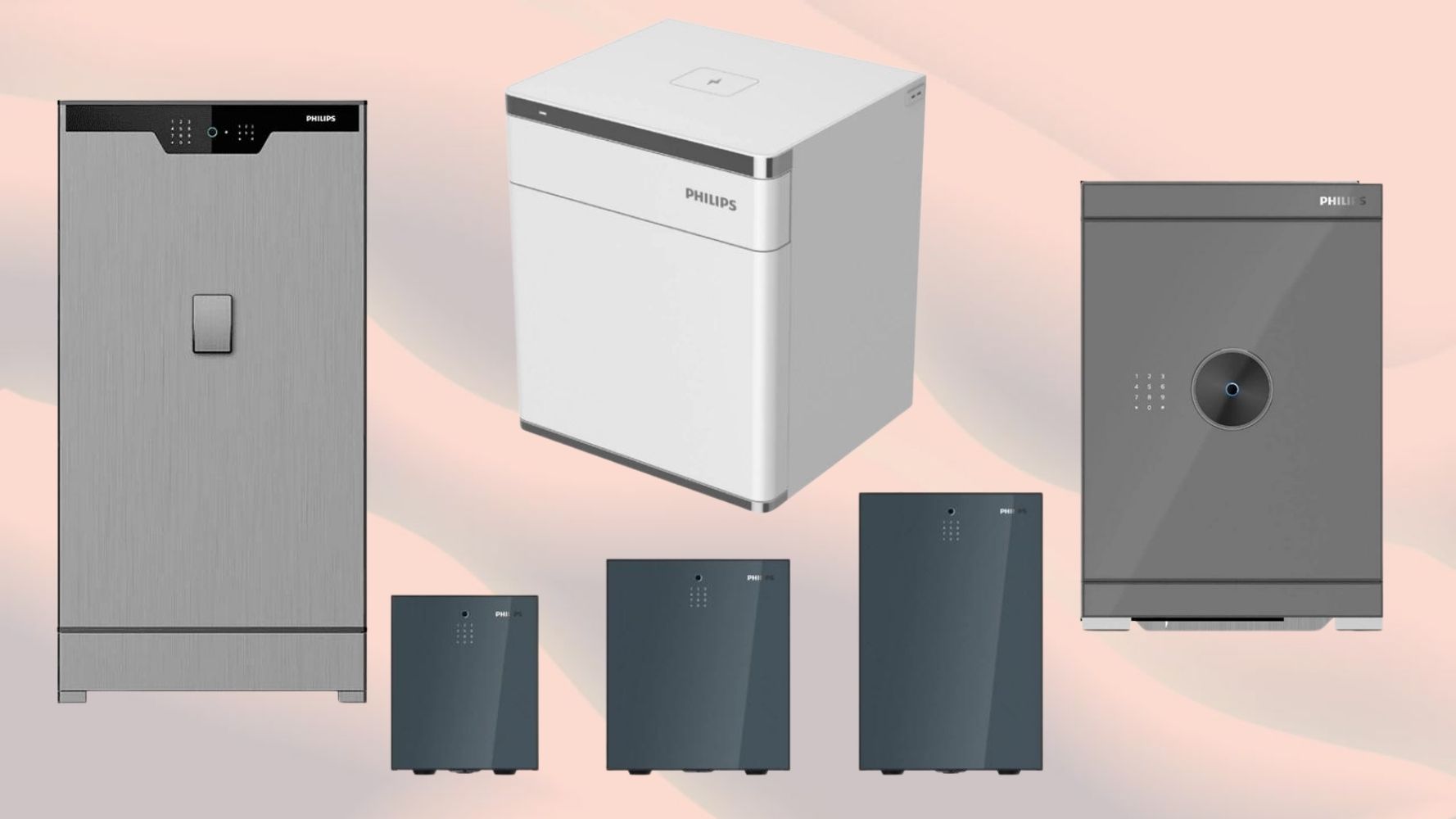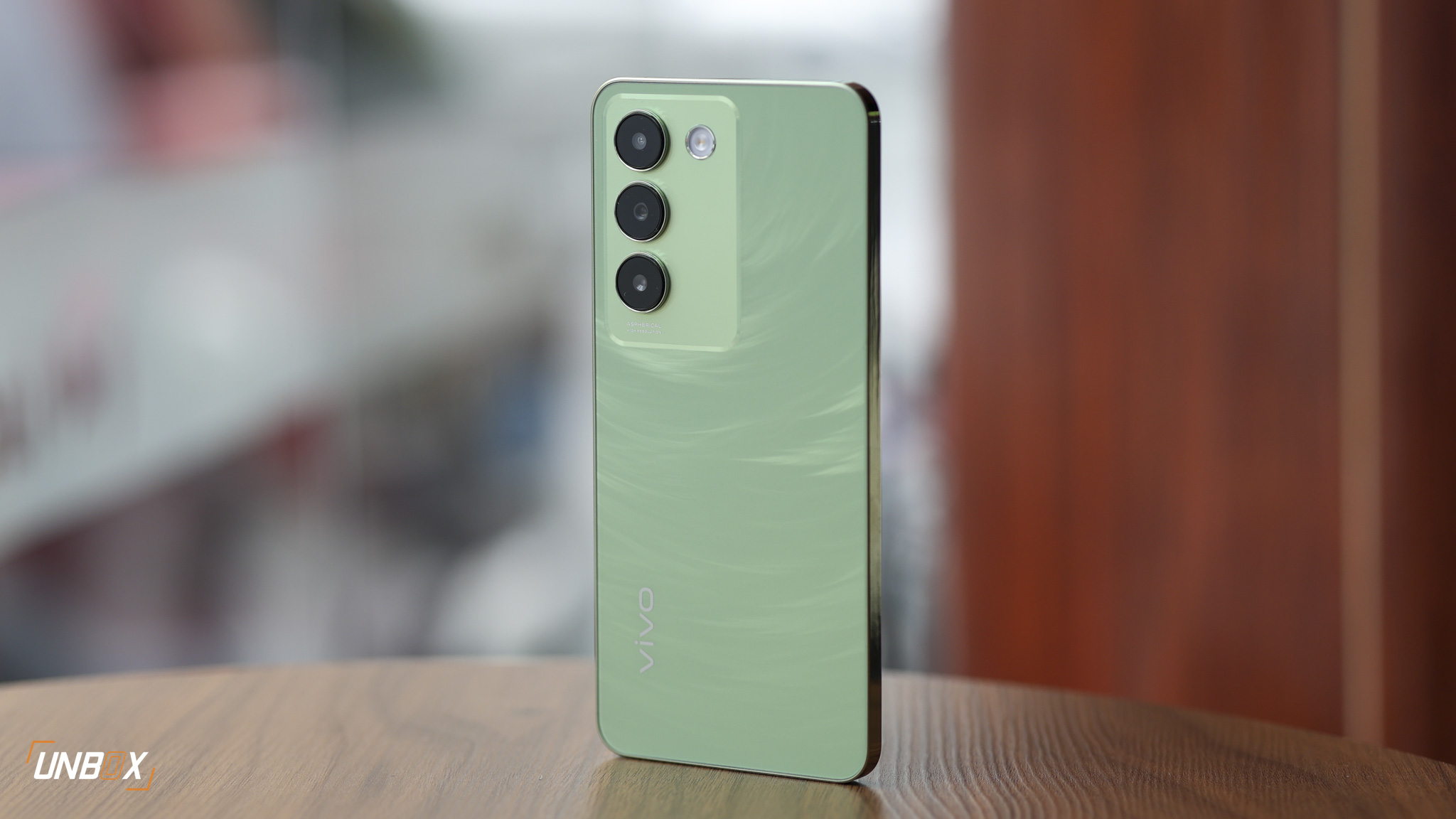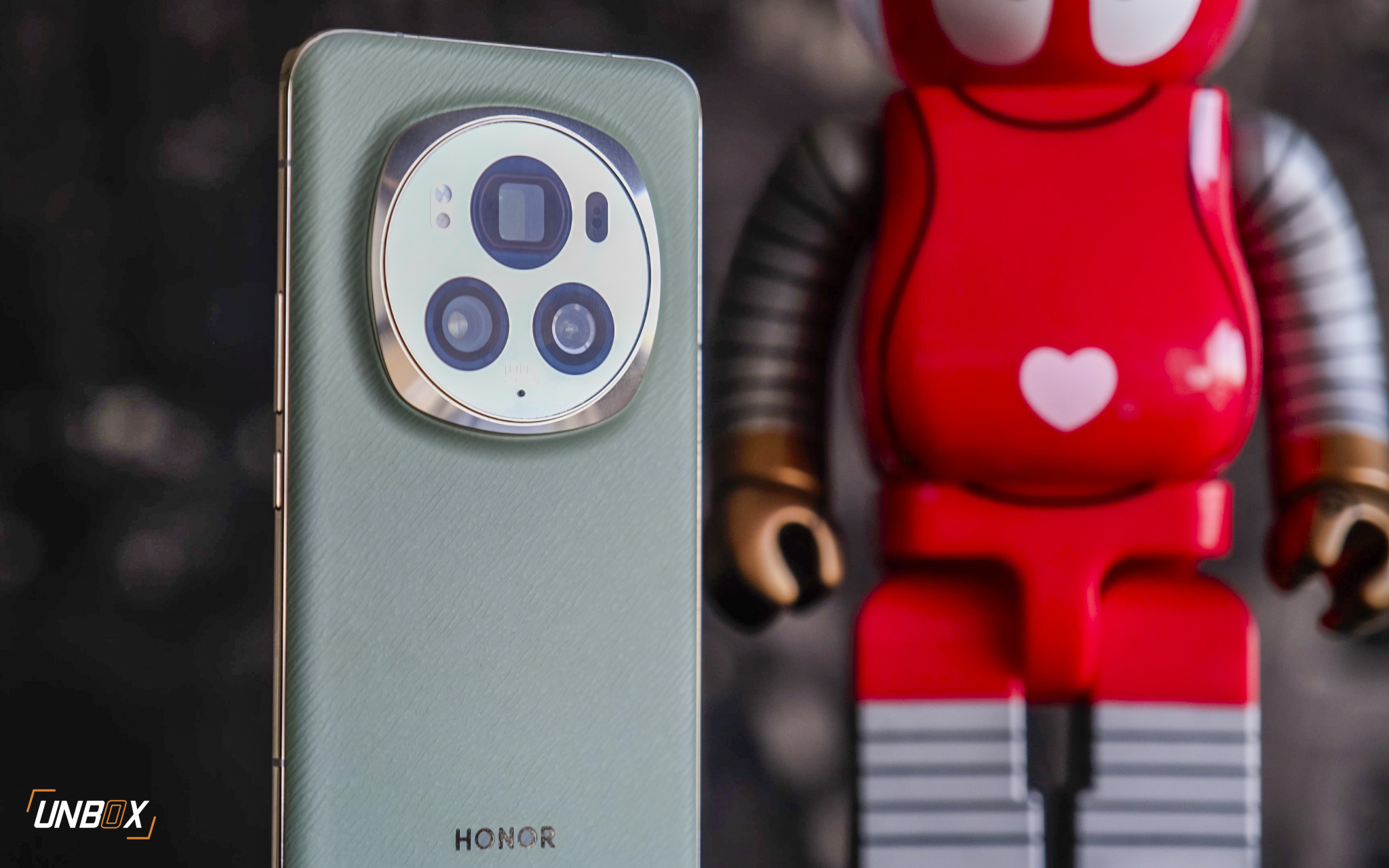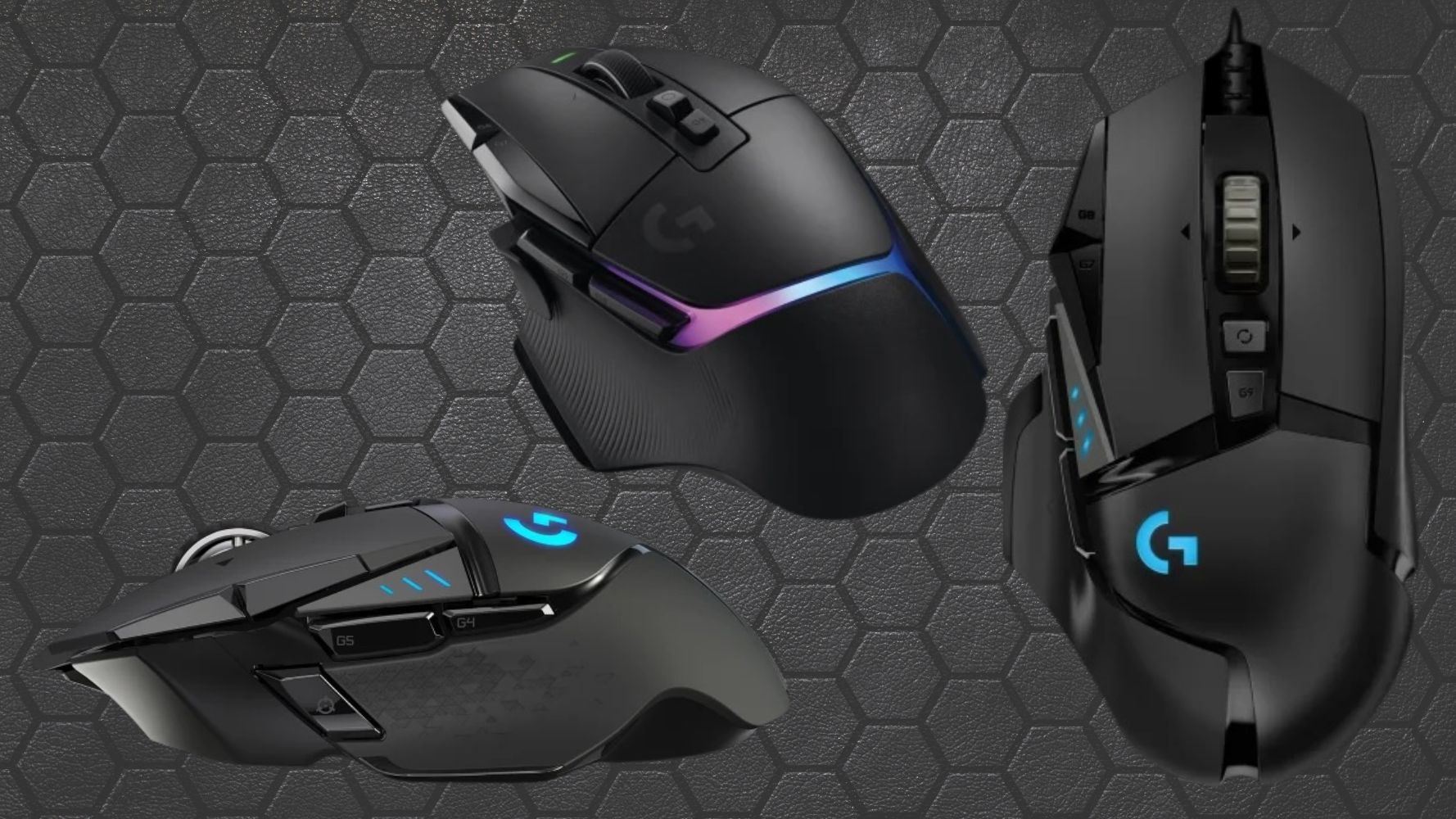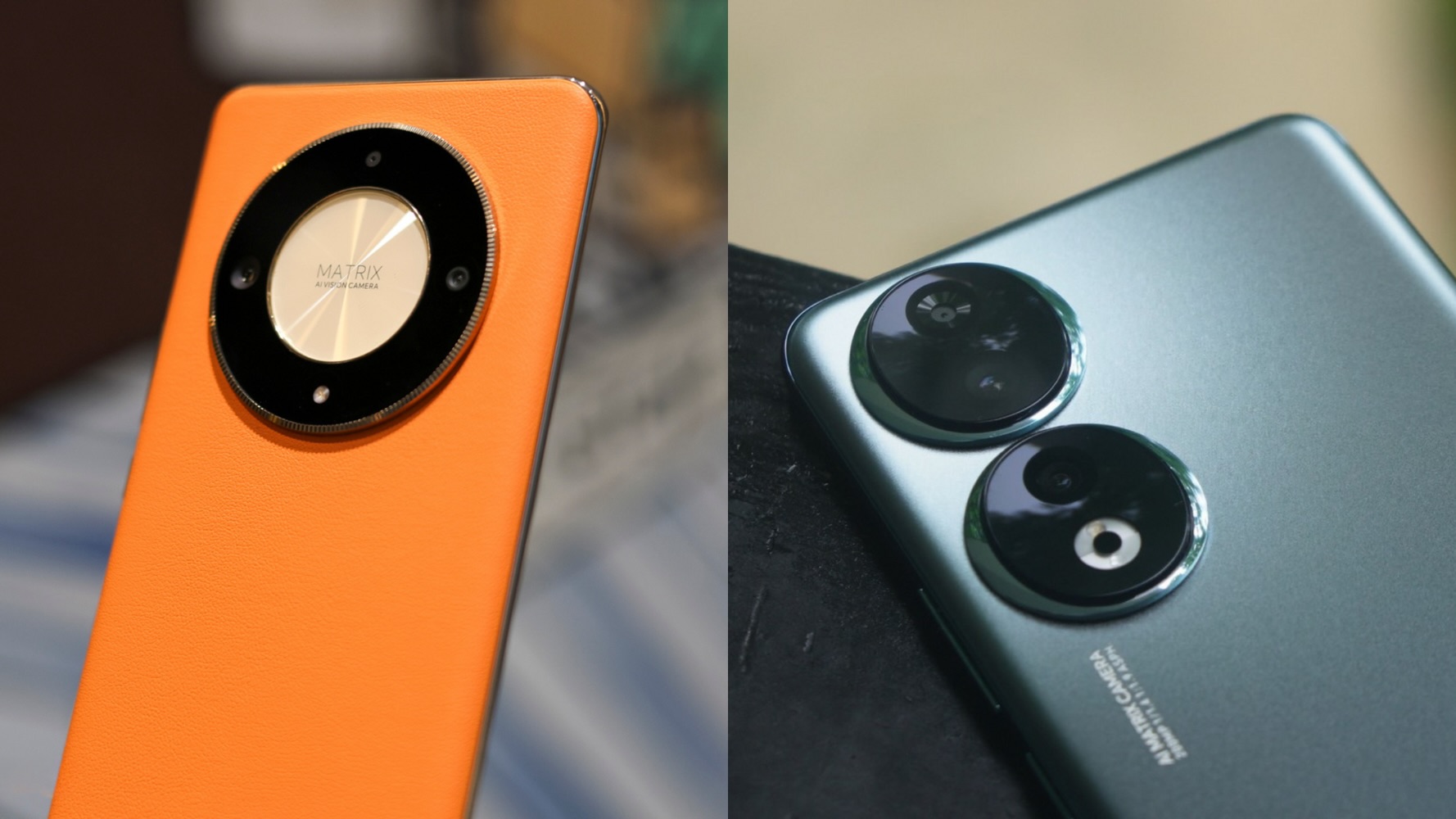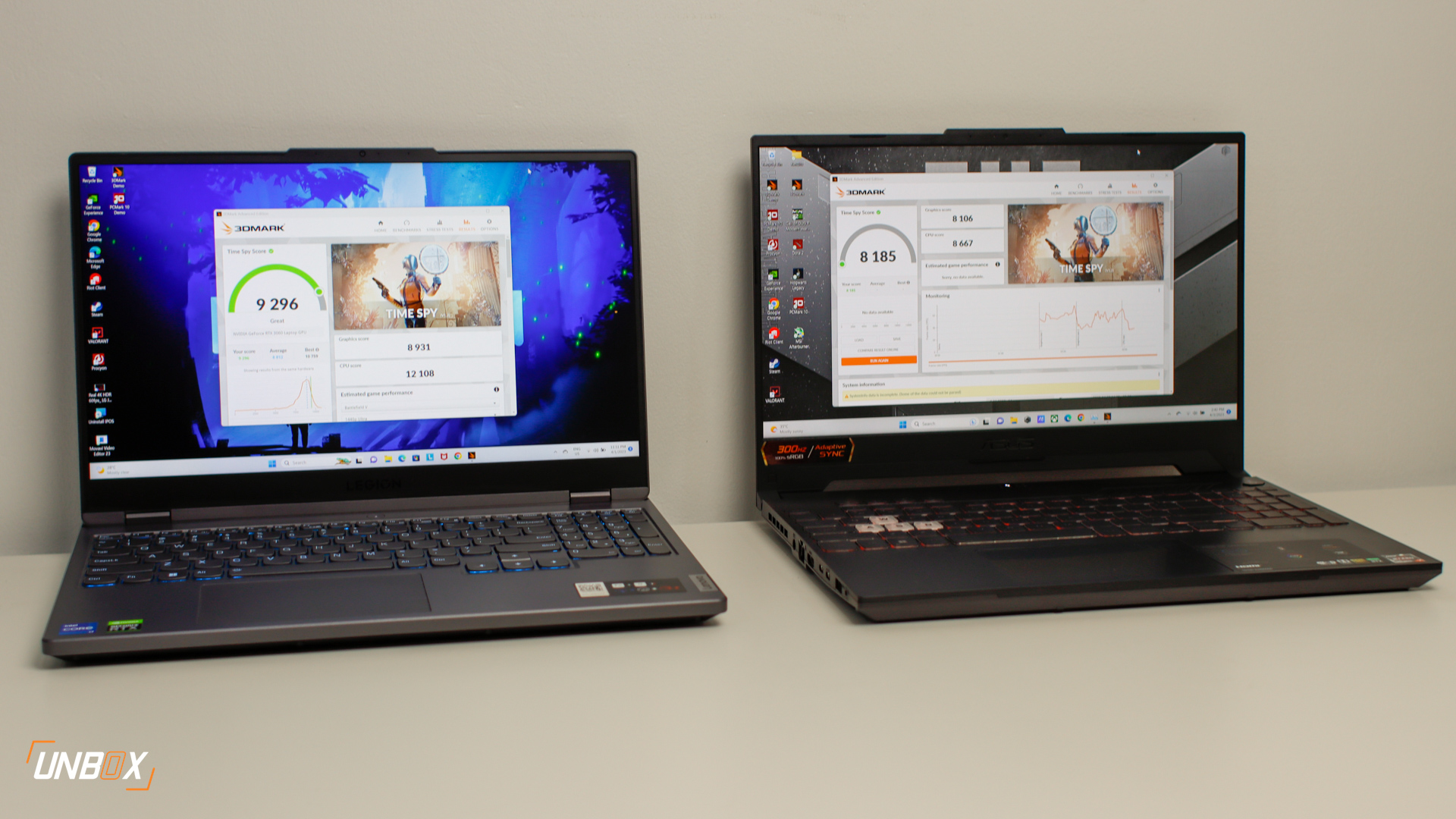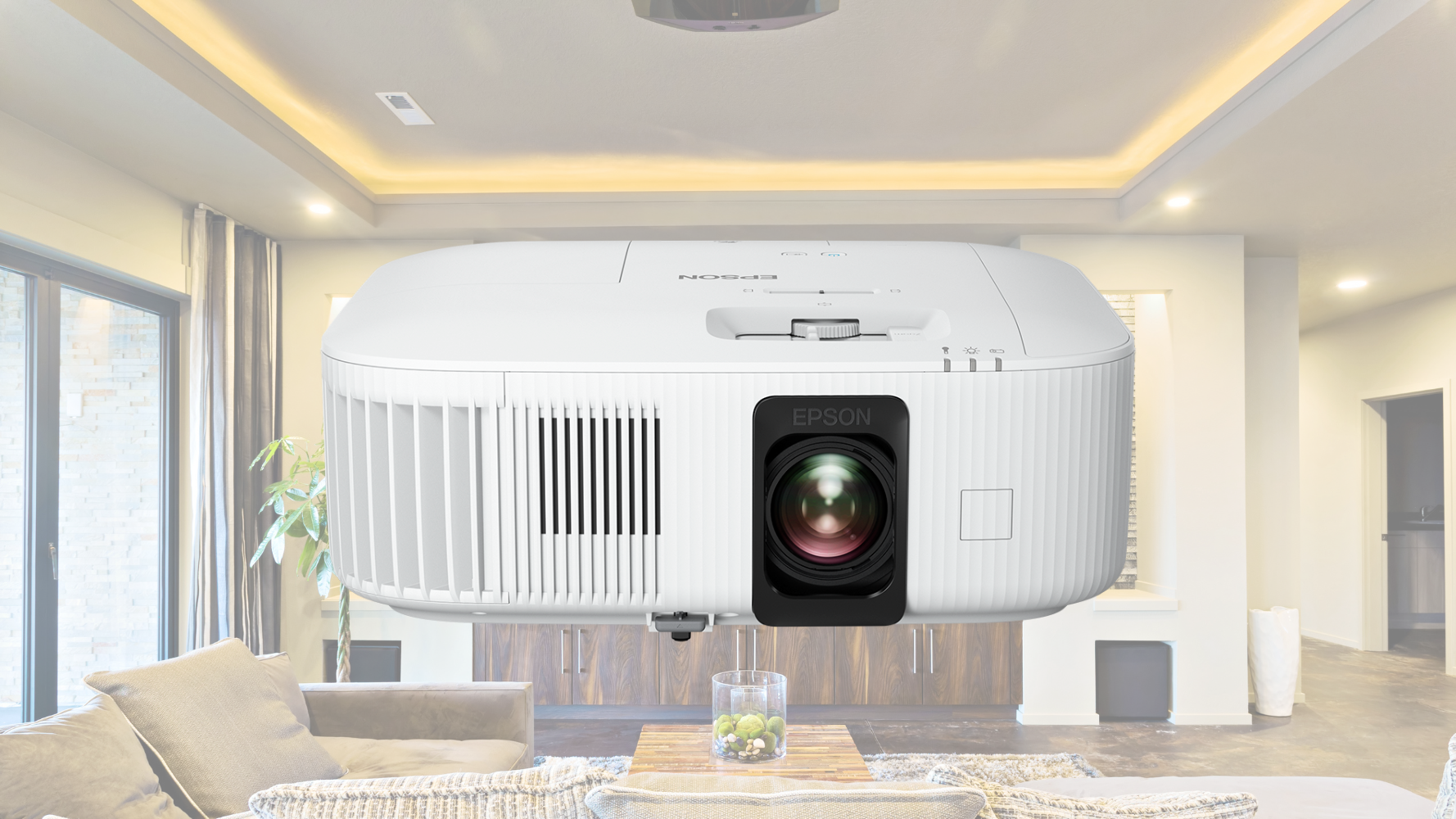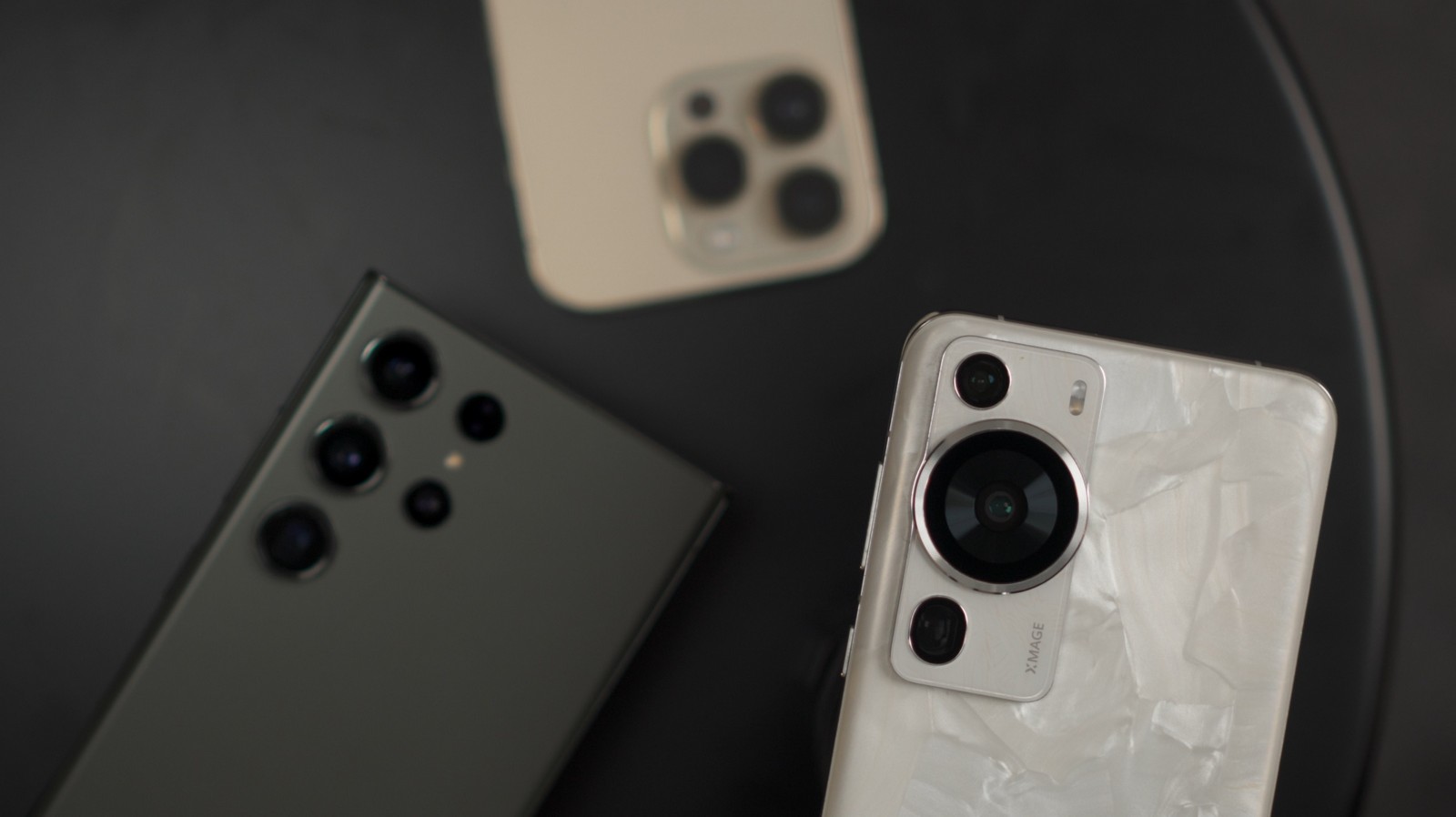Fujifilm finally unveiled the successor to its wildly popular X100V fixed-lens APS-C camera after four years with the X100VI. Despite looking similar like every X100 model that has existed, the biggest change in the X100VI is the inclusion of in-body image stabilization (IBIS), along with a 40.2-megapixel X-Trans 5 HR sensor–the same one you’d find on the X-T5, X-H2 and X-H2s.
READ MORE:
- Fujifilm X-T5 Official: Smaller Body, Better Autofocus
- Fujifilm X-H2s First Look: Fuji’s Ultimate APS-C Hybrid Shooter
- 8K in APS-C: Fujifilm Announces X-H2 as Potential EOS R5 Rival
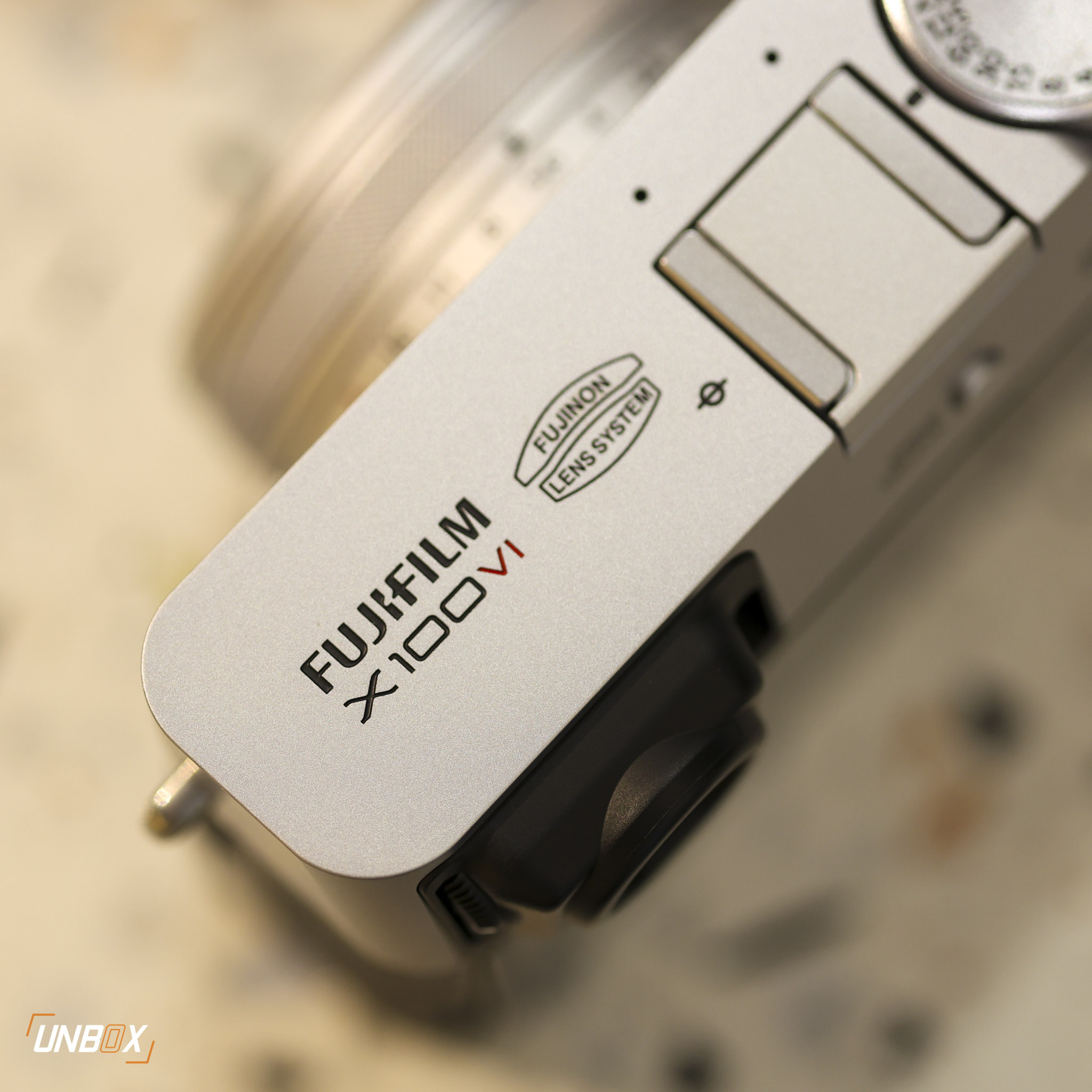
With the updated internals, you are getting more resolution power with the X100VI, and its IBIS can compensate for as much as 6 stops–which is a feat considering that the X100VI is roughly the same size as its predecessors. The updated internals also gives the X100VI a big improvement in AF performance thanks to AI subject detection for detecting animals, cars, bicycles, trains, airplanes, insects, and more.
Like what older X100 models are known for, the X100VI retains the neo-classic look that’s headlined by its trademark hybrid viewfinder that can switch between optical and electronic, along with the tried-and-tested 23mm f/2.0 lens that has been updated to maximize the new sensor.
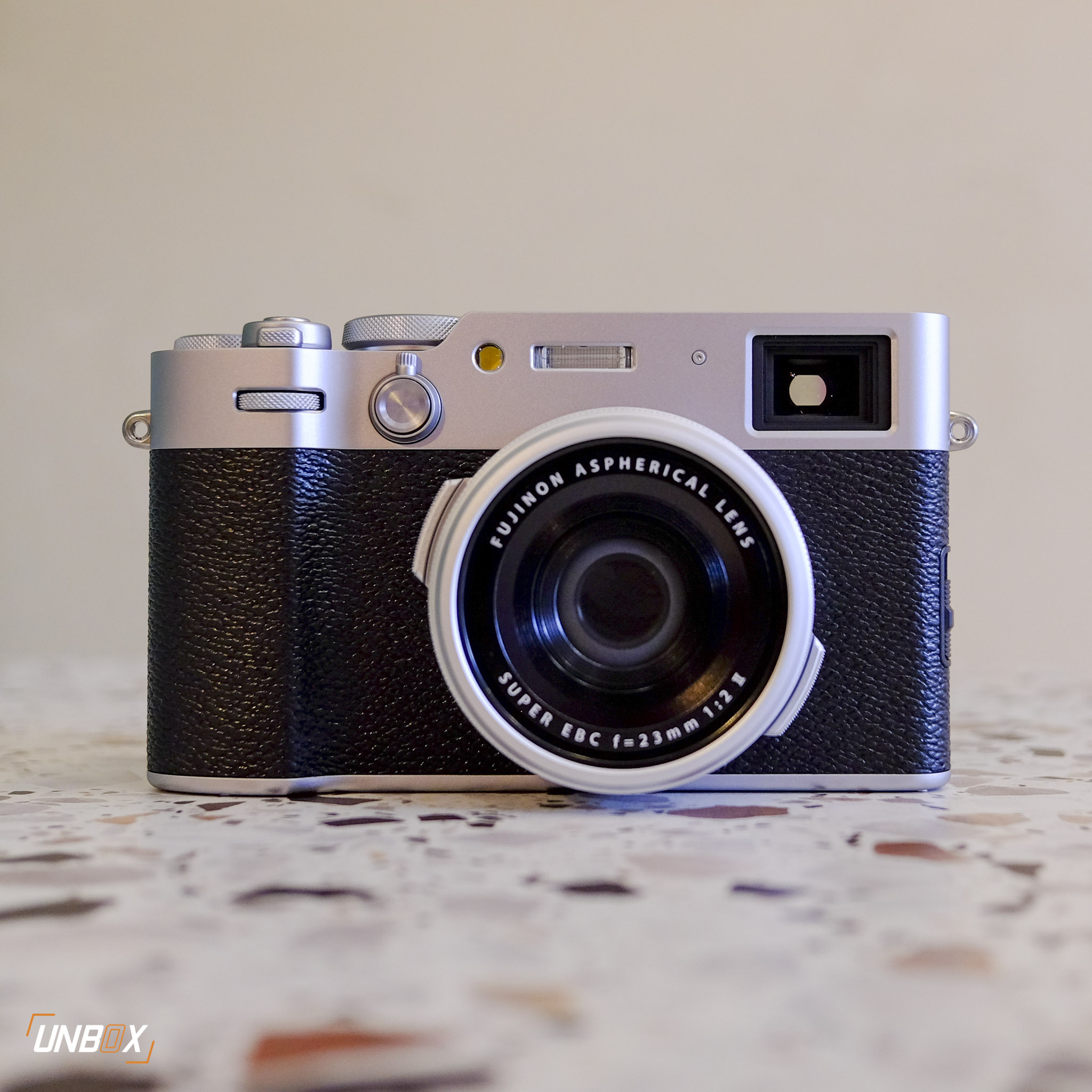
The X100VI adds new film simulation modes that include Reala Ace for high contrast and faithful color reproduction. Reala Ace was initially introduced with the GFX100 II, and its debut on the X100VI might hint at a wider ability for this film simulation.
While the X100VI has been a stills-first rangefinder, Fujifilm has improved its video capabilities, where it can shoot at up to 6.2K resolution at 30FPS with tracking AF. This makes the X100VI a compact option if you want to shoot hi-res video.
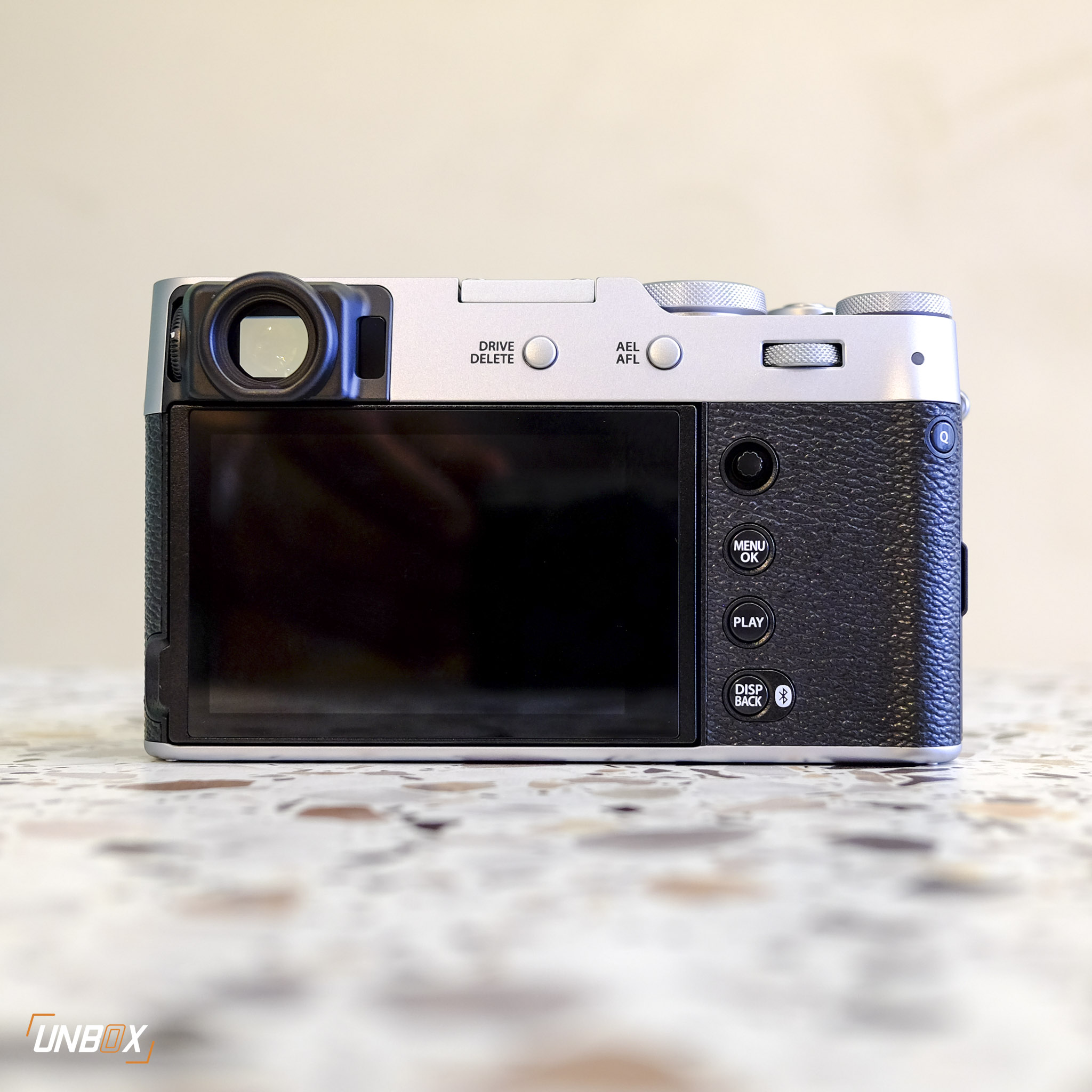
The X100VI is priced at Php 103,990.


